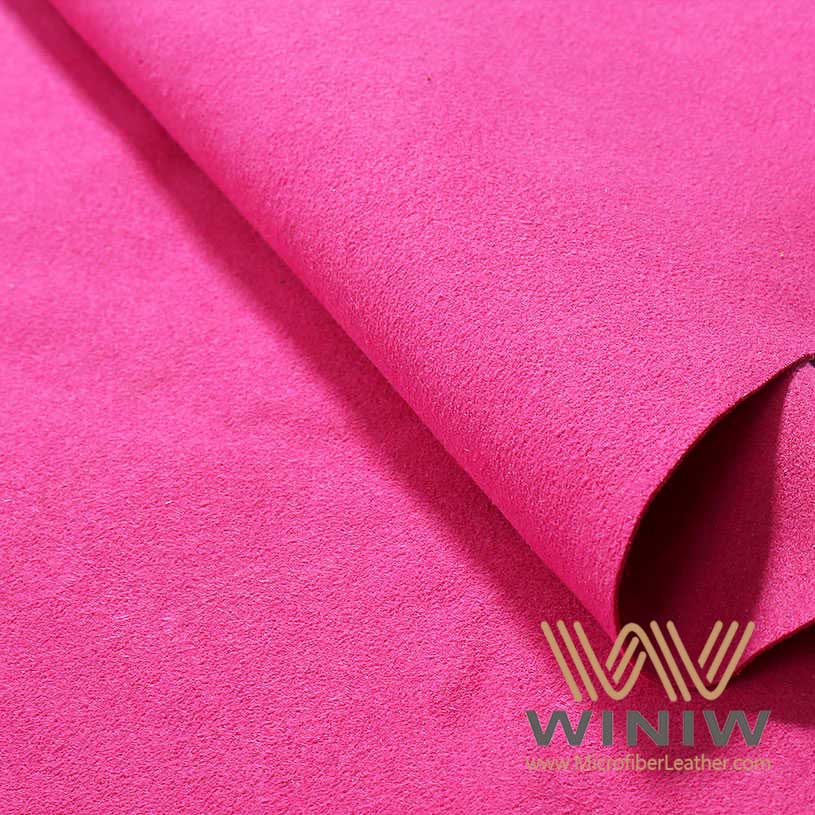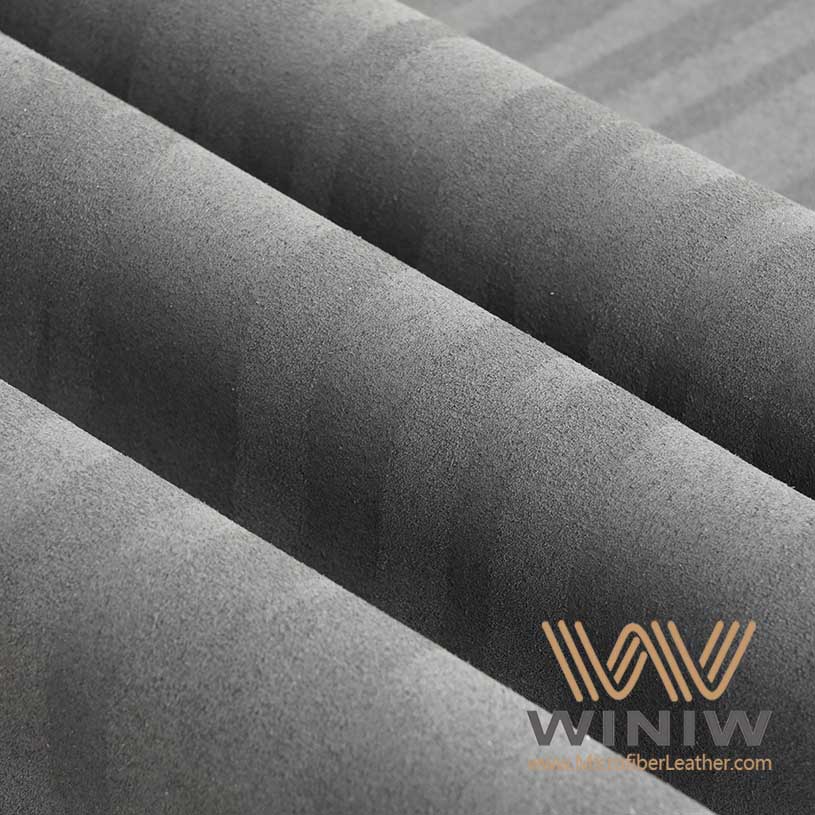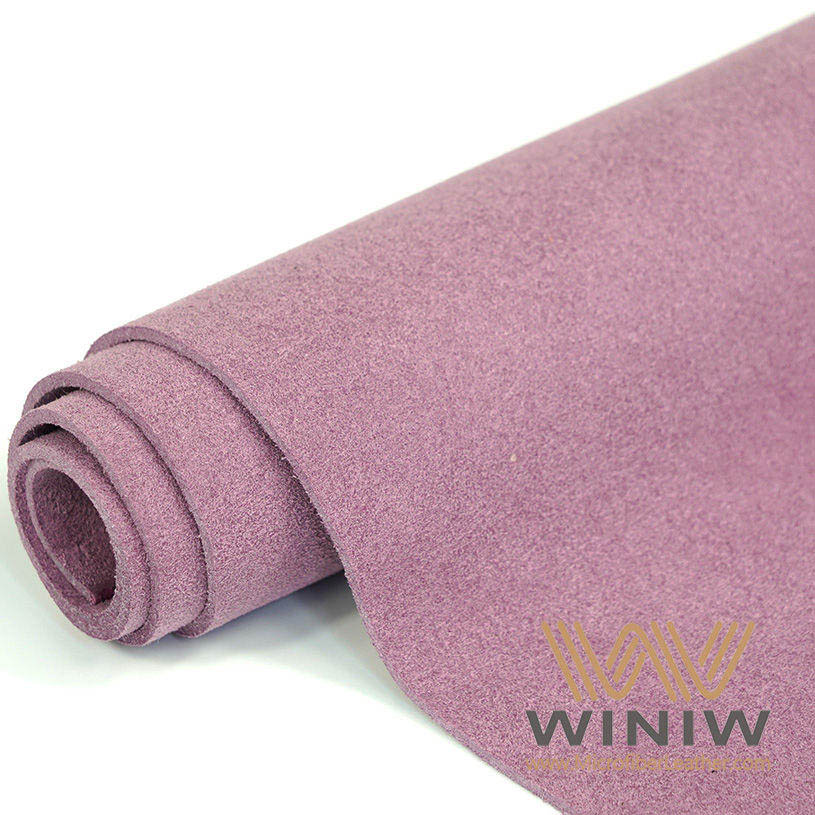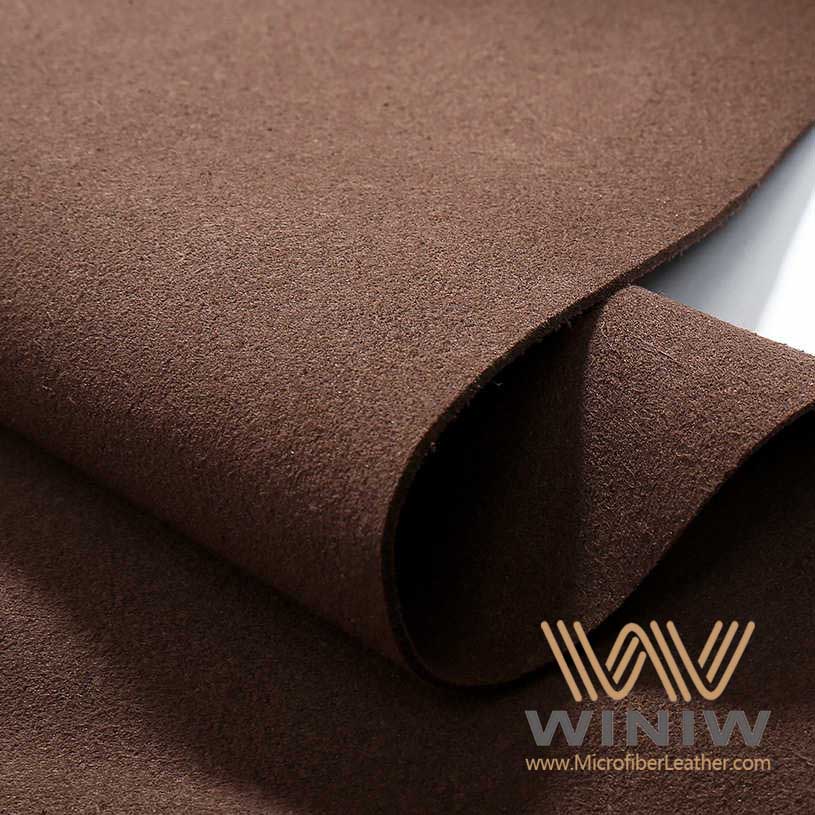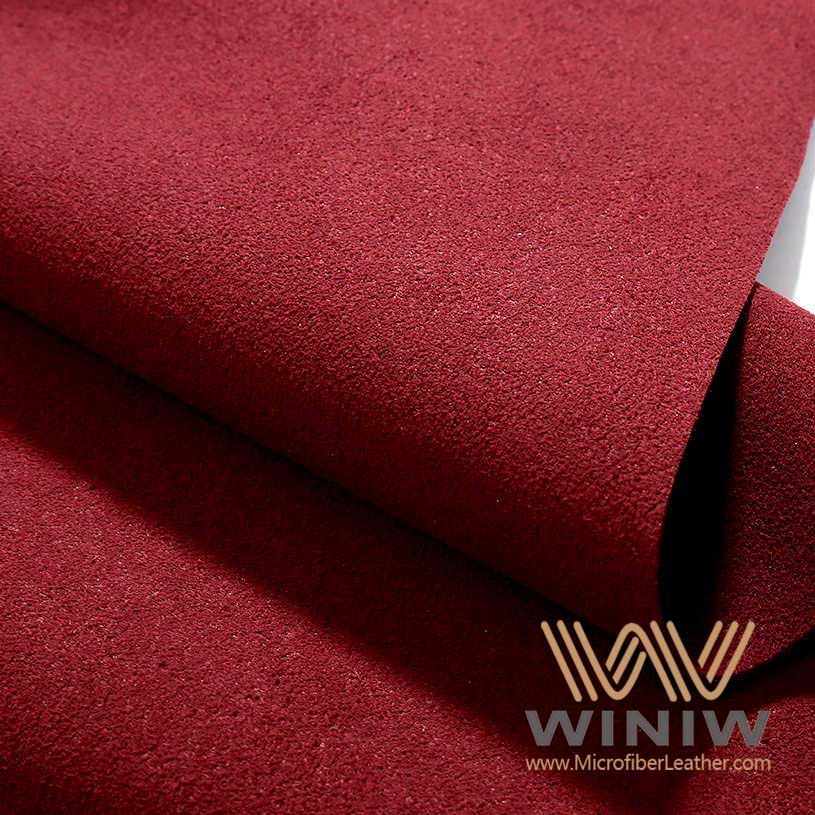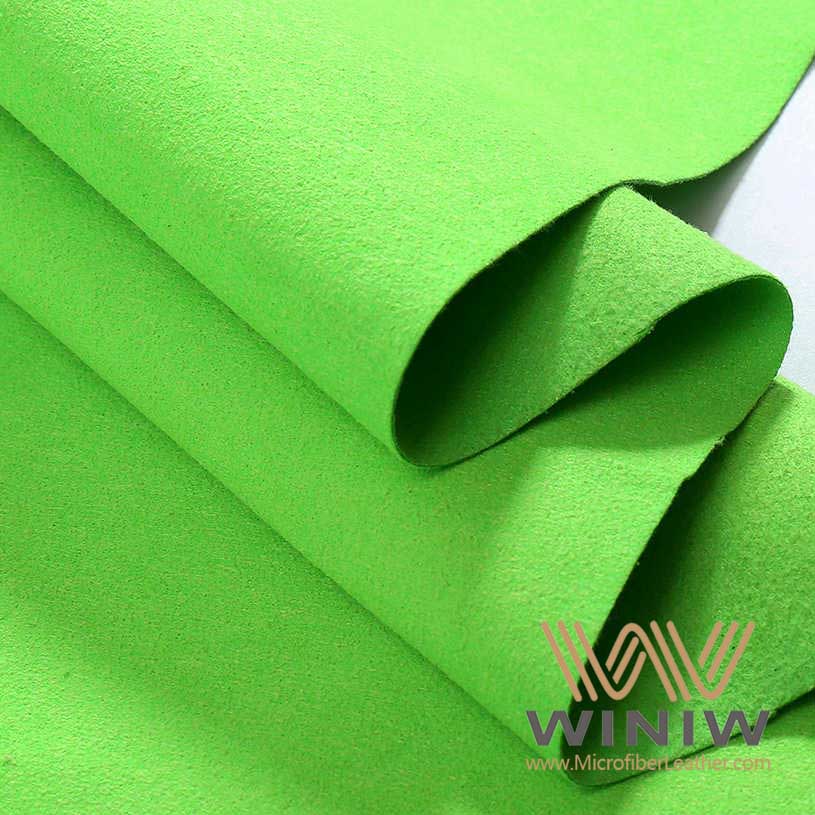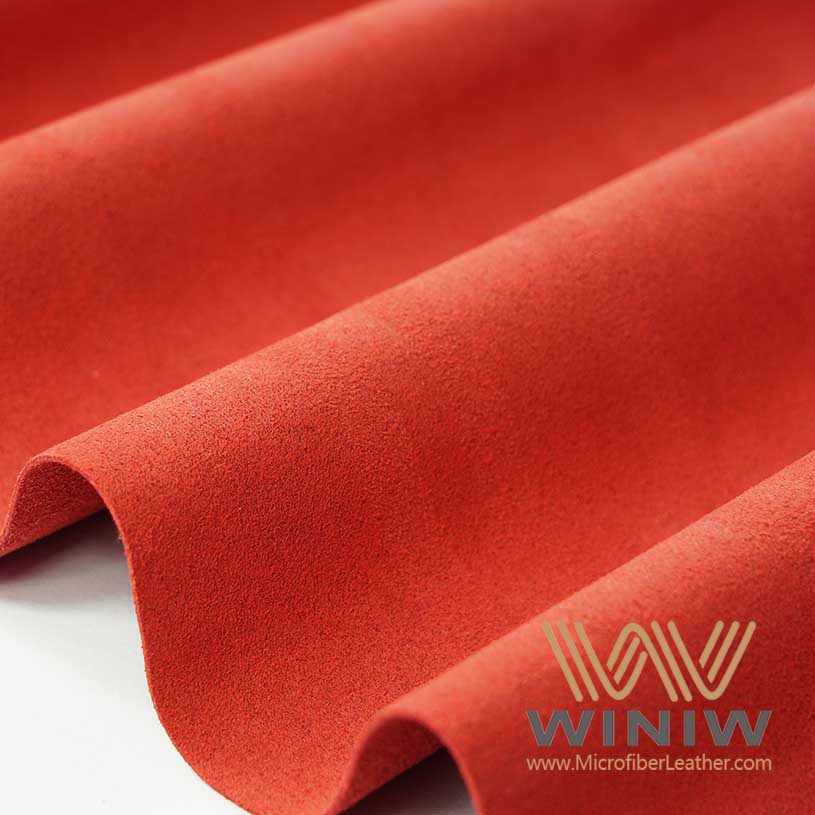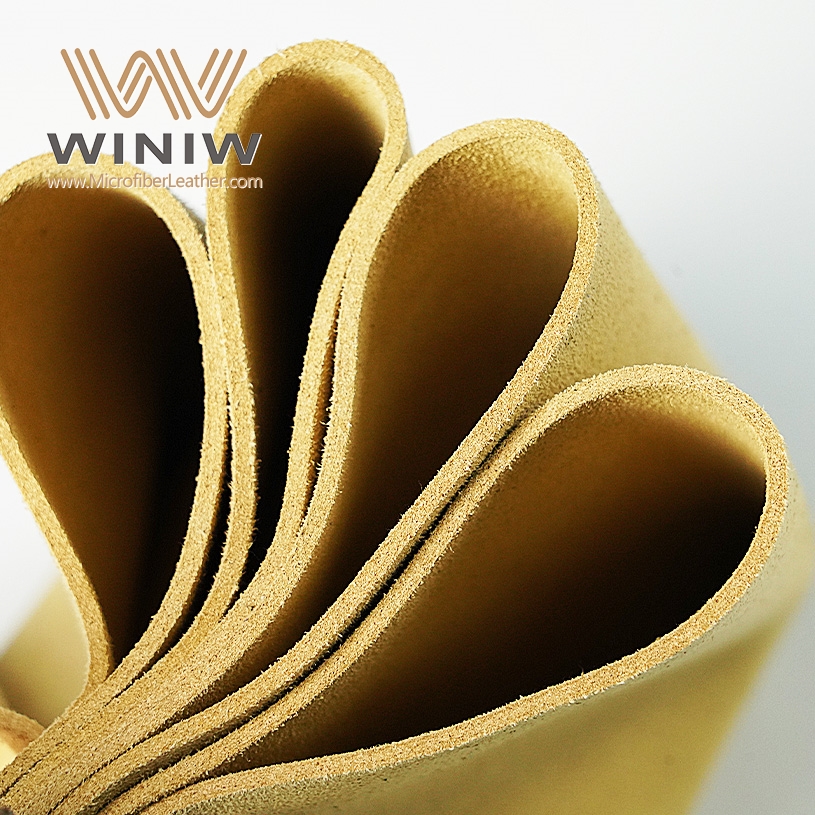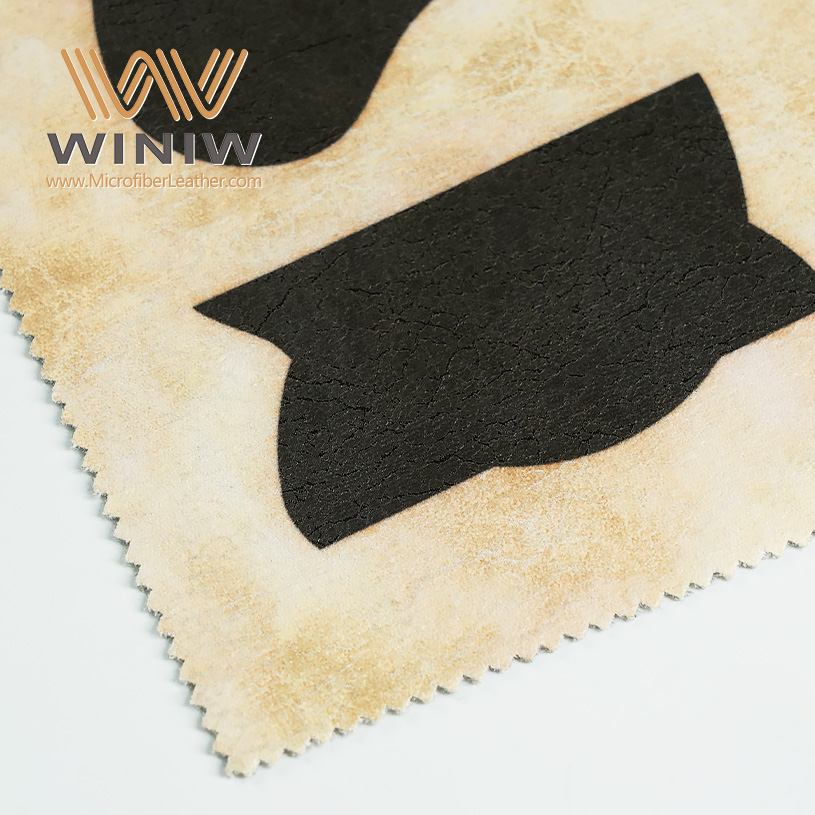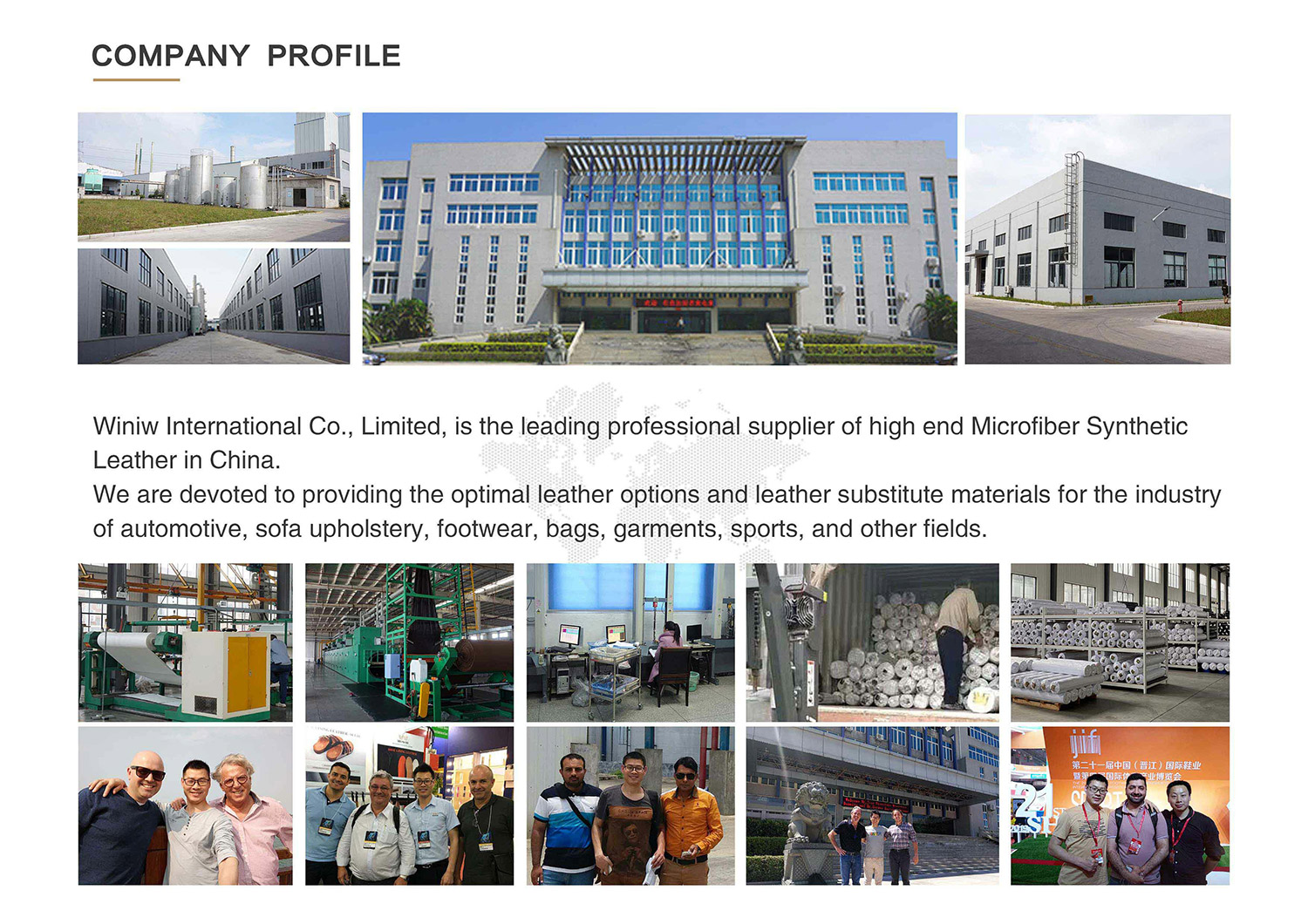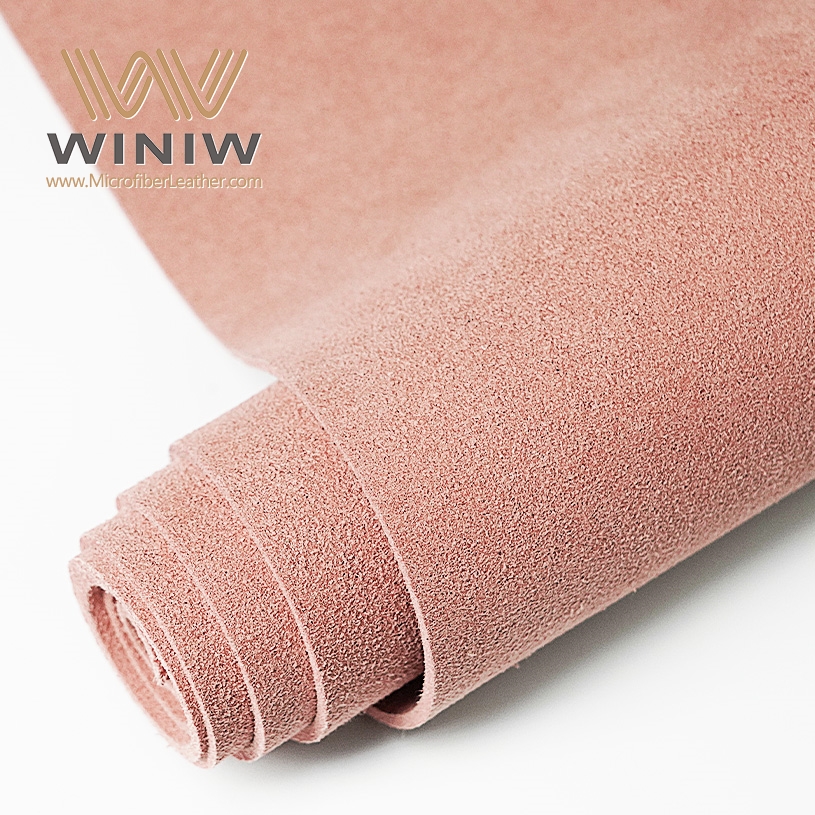
Selecting the best sofa for living room spaces requires careful thought. Many homeowners choose materials that do not match their lifestyle or overlook comfort and durability. Sofa Microsuede offers a balance of style and easy care. Shoppers should consider personal needs, room layout, and timeless appeal before making a decision.
How to Pick the Perfect Microsuede Sofa for Your Living Room
Measure your living room and doorways accurately to ensure the sofa fits comfortably. Always check the width and height of entryways before delivery.
Choose a microsuede sofa for its durability and ease of cleaning, especially if you have kids or pets. This fabric resists wear and is often water-resistant.
Consider the cushion fill for comfort. Memory foam and high-density foam provide excellent support and longevity, making them ideal for everyday use.
Living Room Space & Sofa Fit
Measure Room and Doorways
Accurate measurements play a vital role in selecting a sofa that fits both the living room and the entryways. Many homeowners overlook the importance of measuring every doorway, hallway, and corner the sofa must pass through. Standard doorways usually measure between 30 and 36 inches wide. Measuring these spaces ensures the sofa will not get stuck during delivery.
Tip: Always measure the width and height of each doorway, as well as the narrowest points in hallways and corners.
Here is a step-by-step approach to measuring for a new sofa:
Measure the width and height of every doorway the sofa will pass through.
Check hallways and corners for tight spots, noting the width at the narrowest point.
Compare the sofa’s dimensions to the entryway. The doorway must exceed at least one of the following: the sofa’s depth, diagonal depth, or height.
If the entryway clearance exceeds the sofa’s width, move the sofa in horizontally. If not, ensure the entryway height exceeds the sofa’s width for vertical movement.
Leave at least 30 inches of walking space around the sofa once it is placed in the room.
These steps help prevent delivery issues and ensure the sofa fits comfortably in the living room.
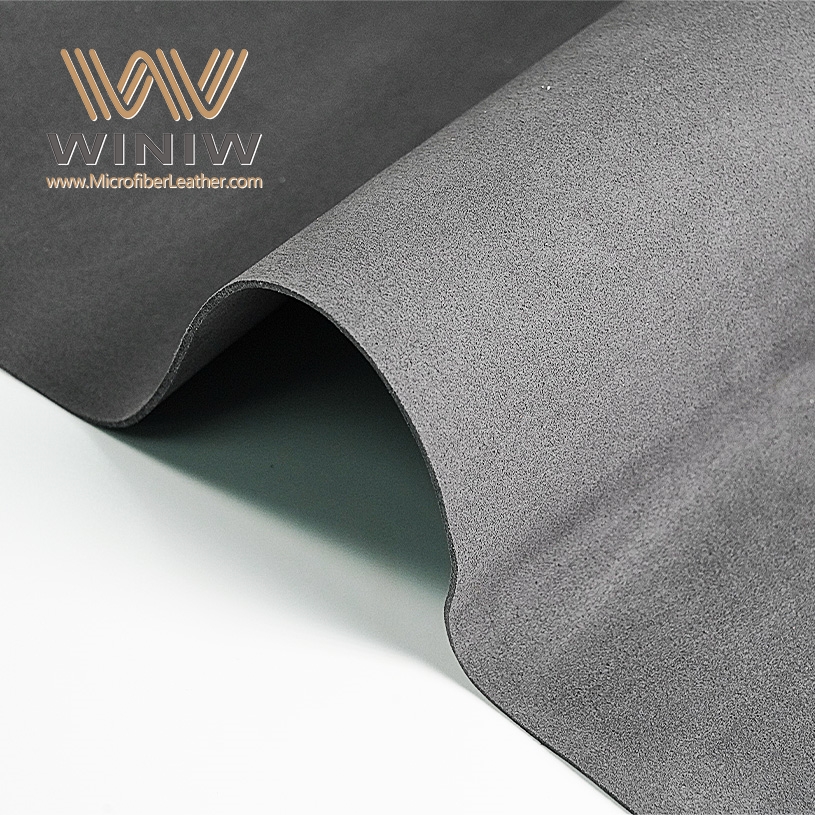
Match Sofa Size to Layout
The size of the sofa directly affects the comfort and flow of the living room. Interior design experts recommend maintaining about three feet of walking space on either side of the sofa. This guideline prevents clutter and allows easy movement throughout the room.
Key Point | Explanation |
|---|---|
Walking Space | Maintaining about three feet on either side of the sofa prevents clutter and ensures sufficient walking room. |
Arrangement | The size of the sofa influences how other furniture is arranged, promoting a balanced layout. |
Airiness | Keeping three feet behind the sofa enhances spaciousness and flow in the room. |
Megan Dufresne, an interior design expert, emphasizes that the placement of the sofa should achieve balance and functionality. A well-sized sofa creates a visually appealing space and supports practical everyday use. When arranging living room furniture, homeowners should consider both the size of the sofa and the overall layout to promote comfort and openness.
Lifestyle & Usage Needs
Family and Everyday Use
Families often look for living room furniture that can handle daily activity. Microsuede sofas offer several advantages in busy homes.
Microsuede resists wear and tear, making it suitable for high-traffic areas.
Pet owners appreciate the tight weave, which helps prevent scratches and punctures.
Cleaning spills becomes easier because the material is often water-resistant.
Compared to other upholstery fabrics, microsuede stands out for durability and maintenance, although it may attract pet hair.
These features make microsuede a practical choice for households with children or pets. Many families find that microsuede provides comfort and support while maintaining a fresh appearance over time.
Placement and Sunlight Exposure
Homeowners should consider where to place a microsuede sofa in the living room. Extended exposure to sunlight can cause the fabric to lose its vibrant color, especially in spots that receive direct sunlight. The synthetic dyes in microsuede do not resist fading as well as some natural fabrics. Over time, the fibers may weaken, which affects the sofa’s overall integrity. Placing the sofa away from windows or using curtains helps preserve both color and strength. Careful placement ensures the sofa remains attractive and functional for years.
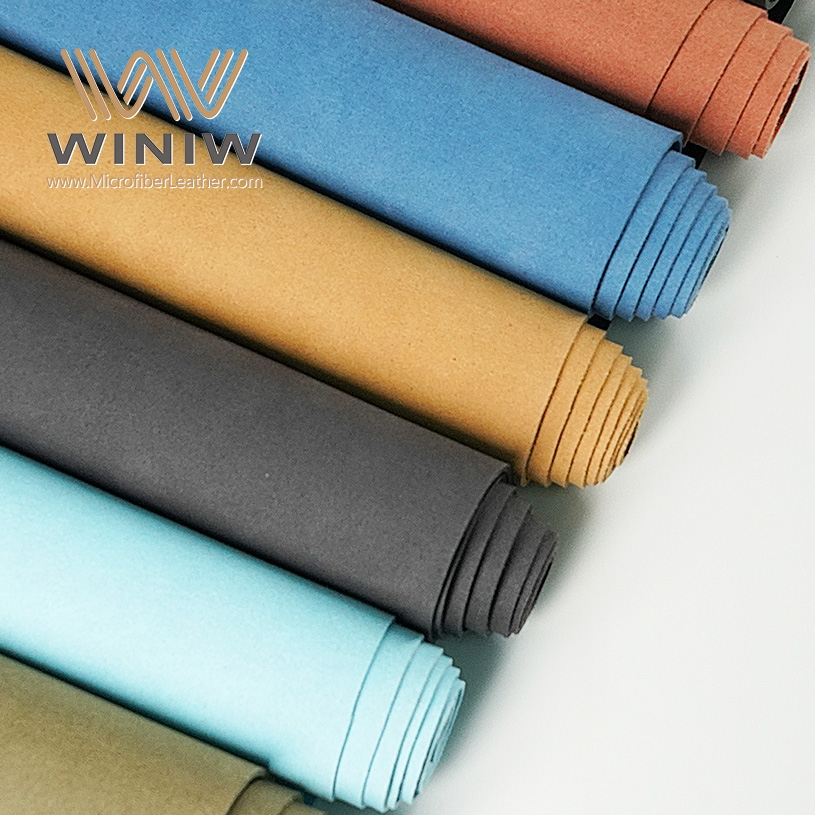
Sofa Microsuede Features
Comfort and Cushion Fill
Comfort plays a central role when choosing living room furniture. The cushion fill determines how a sofa microsuede feels and how well it supports the body. Manufacturers use several materials to create cushions, each offering unique benefits for comfort and durability. The following table compares popular cushion fill materials found in sofa microsuede designs:
Cushion Fill Material | Comfort Description | Durability Description |
|---|---|---|
Memory Foam | Exceptional comfort, conforms to body shape, excellent support and pressure relief. | Highly durable, retains shape for many years. |
High-Density Foam | Provides firm support, maintains shape well over time. | Highly durable, resistant to sagging. |
Feather and Down | Incredibly soft and luxurious, provides a plush, sink-in feel. | Can last for many years with proper care. |
Polyester Fiberfill | Soft and comfortable, provides medium support. | Can flatten over time, may require frequent replacement. |
Latex Foam | Resilient, provides excellent support and comfort. | Highly durable, resistant to sagging and wear. |
Polyurethane Foam | Good balance of comfort and support. | May not be as durable as high-density foam, can break down over time. |
Wool | Soft, breathable, provides natural temperature regulation. | Durable, withstands wear and tear. |
Cotton | Soft and breathable, comfortable seating experience. | May wear out faster than synthetic materials, prone to staining. |
Microfiber | Soft and comfortable, plush feel. | Highly durable, resistant to wear and tear. |
Dacron Wrap | Adds softness and comfort to foam cushions. | Helps maintain shape and longevity of the cushion. |
Memory foam and high-density foam stand out as the best sofa fabrics for those who want lasting support and minimal sagging. Feather and down cushions create a luxurious, plush feel, but they require regular fluffing to maintain their shape. Polyester fiberfill offers a softer seat, though it may flatten with heavy use. Latex foam and microfiber provide excellent resilience, making them popular choices for sofa microsuede models in busy homes. Shoppers should consider how much time they spend on the sofa and select a cushion fill that matches their comfort needs.
Tip: Test different cushion fills in-store before making a decision. Comfort varies widely, and personal preference matters.
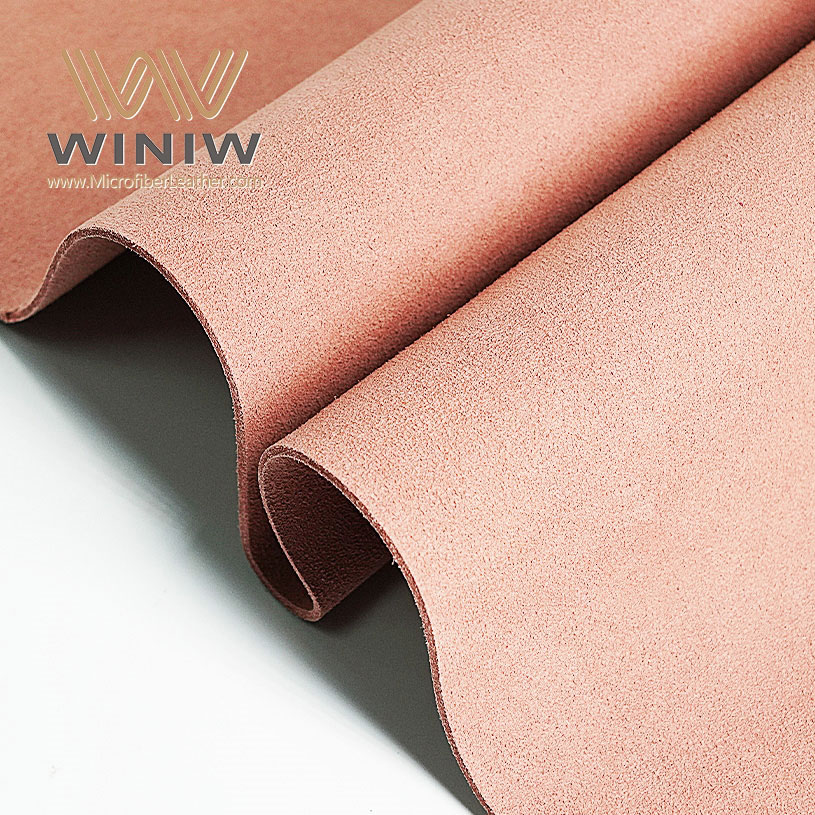
Frame Quality
Frame construction affects the longevity and stability of any sofa microsuede. High-quality frames use materials that resist warping and provide a solid foundation for years of use. The table below highlights common frame materials and their benefits for durability:
Frame Material | Benefits for Longevity |
|---|---|
Solid Hardwood | Exceptional strength and resilience, providing a sturdy foundation. |
Kiln-Dried Plywood | Enhances durability and structural integrity. |
Metal | Offers long-lasting support and stability. |
Solid hardwood frames rank among the best sofa fabrics for structural support. They resist bending and maintain shape even with frequent use. Kiln-dried plywood offers a balance between cost and durability, making it a smart choice for many families. Metal frames provide stability and work well in modern sofa microsuede designs. Buyers should check for reinforced joints and quality craftsmanship to ensure the sofa lasts.
Color and Style for Living Room Furniture
Color and style influence the overall look of living room furniture. Designers favor sofa microsuede for its ability to showcase a wide range of colors and shapes. Current trends highlight earthy tones and soft neutrals, which blend easily with most decor. Popular shades include shell and sand beige, coconut white, taupe, camel, terracotta, rust, and mossy green. These colors create a calming atmosphere and complement both traditional and modern interiors.
Trending styles for sofa microsuede include:
Curved silhouettes that add softness to the room
Casual designs that invite relaxation
Modular shapes that allow flexible arrangements
Homeowners often choose sofa microsuede for its versatility. The fabric adapts to different styles, making it one of the best sofa fabrics for those who want to refresh their living room without changing all their furniture. Modular designs suit families who need extra seating or want to rearrange their space. Curved and casual shapes work well in cozy environments, while neutral colors help the sofa blend with existing decor.
Note: Select a color and style that matches your lifestyle and the mood you want to create in your living room. Neutral tones offer flexibility, while bold colors make a statement.
FAQ
What makes microsuede different from other types of sofa fabrics?
Microsuede uses fine synthetic fibers. This fabric feels soft and resists stains. Many types of sofa fabrics exist, but microsuede stands out for easy cleaning and comfort.
How does fabric choice affect sofa durability?
Fabric selection impacts how long a sofa lasts. Some types of sofa fabrics, like microsuede, resist wear. The right material and fabric help maintain appearance and comfort over time.
Can pet owners use microsuede sofas without worry?
Pet owners often choose microsuede because the fabric resists scratches. This fabric also repels hair and stains. Regular cleaning keeps the fabric looking fresh and inviting.


